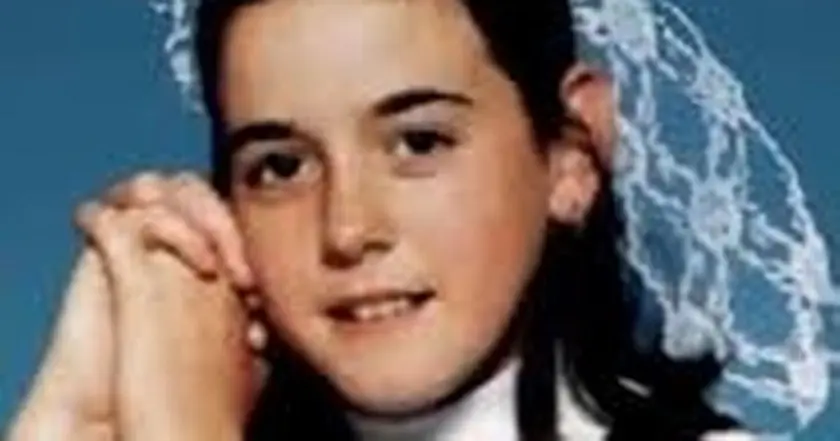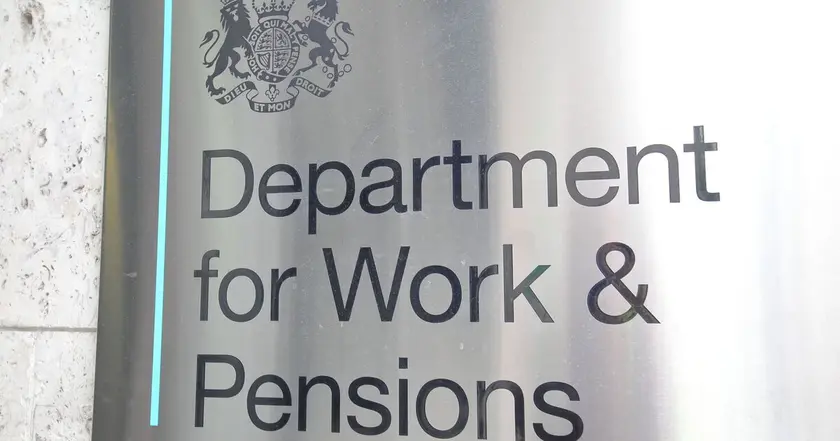T4K3.news
Natasha Ryan case shocks public years after disappearance
New details about the Natasha Ryan disappearance and the final truth spark renewed discussion on truth, media, and justice in Australia.

An editorial look at the Natasha Ryan saga shows how deception, media attention, and public outrage intersected with a missing person case and its aftermath.
Natasha Ryan case reveals deeper shock years after disappearance
In August 1998 Natasha Ryan disappeared after being dropped at school. A serial killer and rapist, Leonard Fraser, would later be linked to multiple murders, including Natasha’s, but the case took an unexpected turn four years after her disappearance when police received a tip that led to Natasha being found alive in a cupboard at her boyfriend’s Rockhampton home. Natasha and her partner, Scott Black, faced charges related to false police investigations; Black pleaded guilty to perjury and Natasha was fined for causing a false investigation. Fraser was jailed for other murders and died in 2007.
Key Takeaways
"I didn’t want to see her, I hated her."
Jenny's emotional reaction to Natasha's deception
"I was really scared of the consequences. I thought I would’ve been sent to prison"
Natasha's fear before coming forward
"Remember her for who she was"
public reaction after Natasha’s deception
"Truth arrived late and left a heavy tax on trust"
editorial takeaway on the case
The case shows how a single confession can shape a public narrative even when the truth shifts. It exposes the tension between sensational media coverage and the needs of victims’ families, and it raises questions about how justice is served when investigations become public spectacles. The episode also highlights the financial and ethical costs of long missing-person inquiries and the incentives created by TV and magazine deals tied to sensational cases.
Highlights
- Truth hides in plain sight and pays a heavy price
- Lies delay justice and cost more than time
- Public memory can outlive a single confession
- Forgiveness requires a longer view than headlines
Public backlash and cost of investigation
The piece touches on sensitive family trauma, public anger over deception, and the financial cost of a long investigation. These factors could spark debate about media ethics and policy on how missing-person cases are handled.
Truth can arrive late, but its consequences echo long after the headlines fade.
Enjoyed this? Let your friends know!
Related News

Sandra Domínguez, feminist activist, found murdered in Oaxaca

Human remains confirmed as Richard Dyson

Lori Vallow Daybell sentenced to life imprisonment

TV reporter mugged right before live broadcast

DWP staff implicated in benefits fraud

Family still seeks answers in Georgina Gharsallah's disappearance

Amsterdam faces major ketamine crisis

Two dead in London stabbing incident
